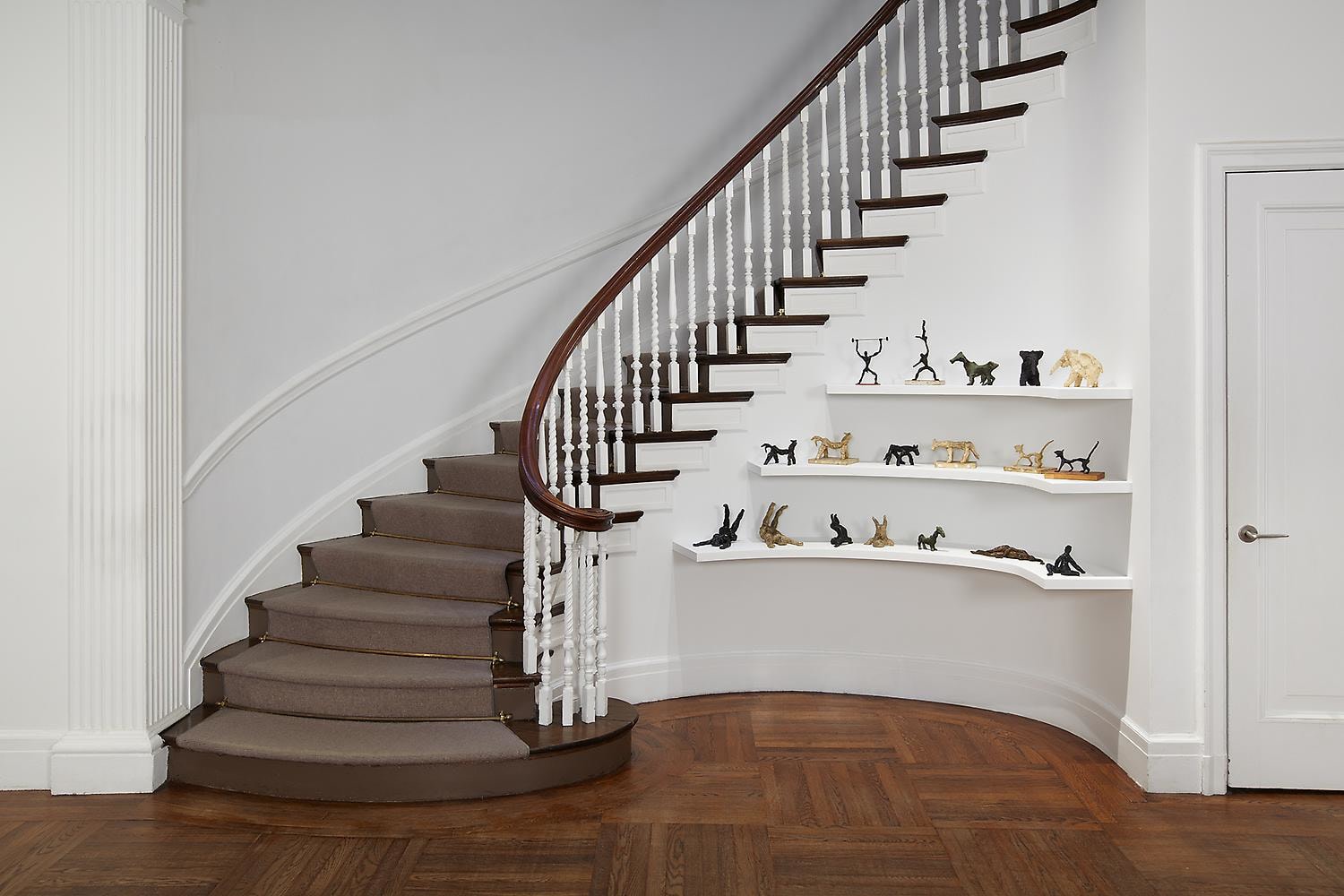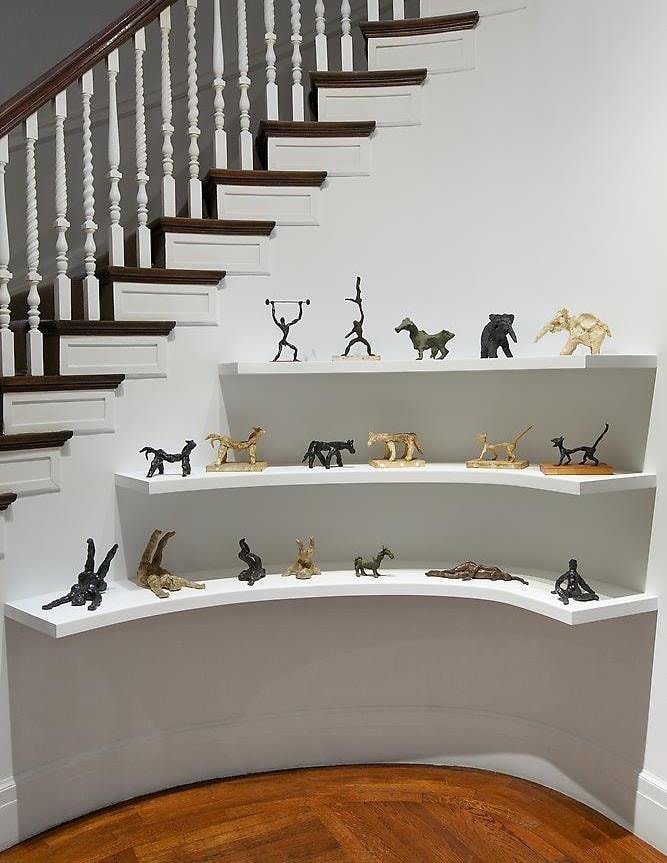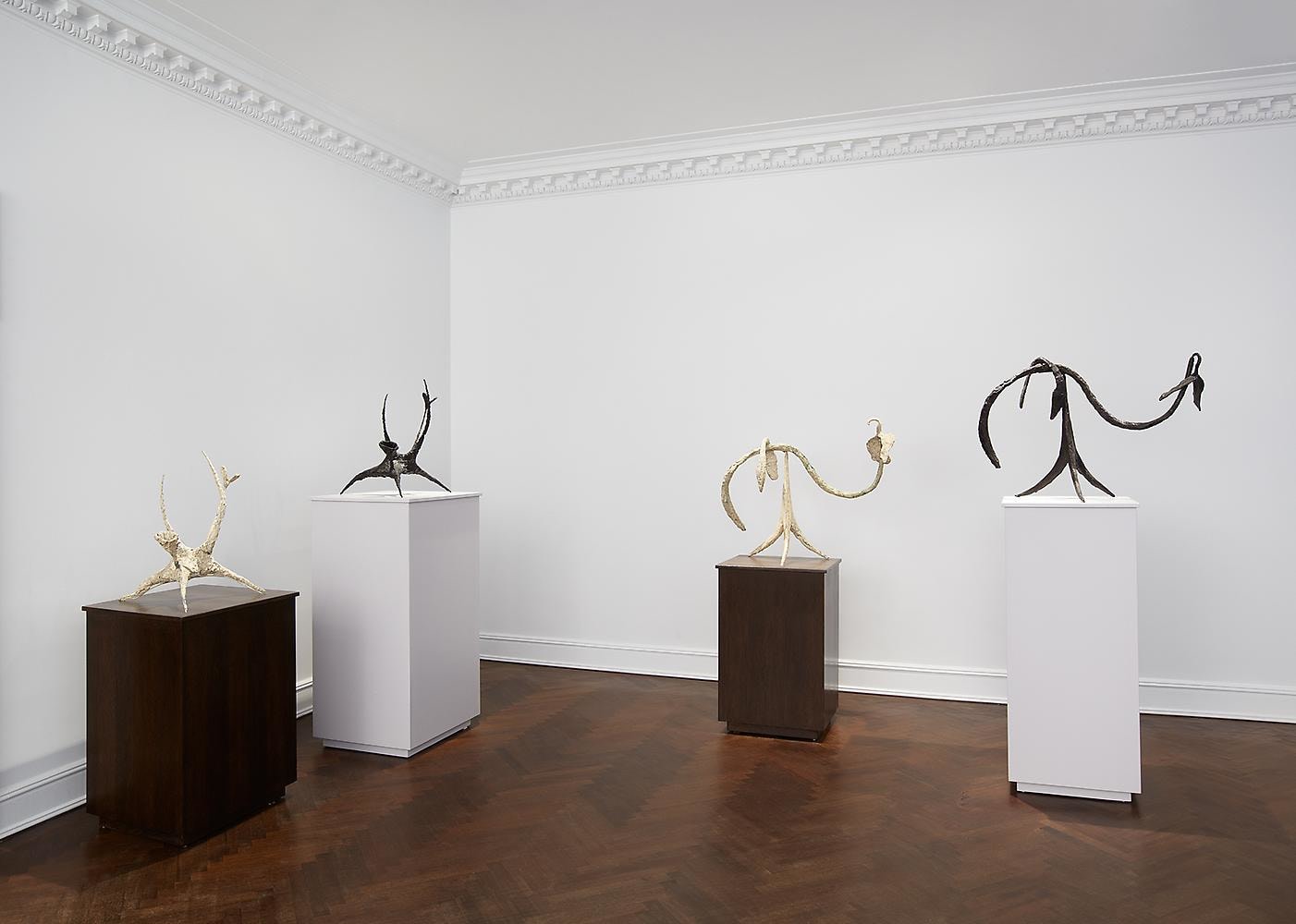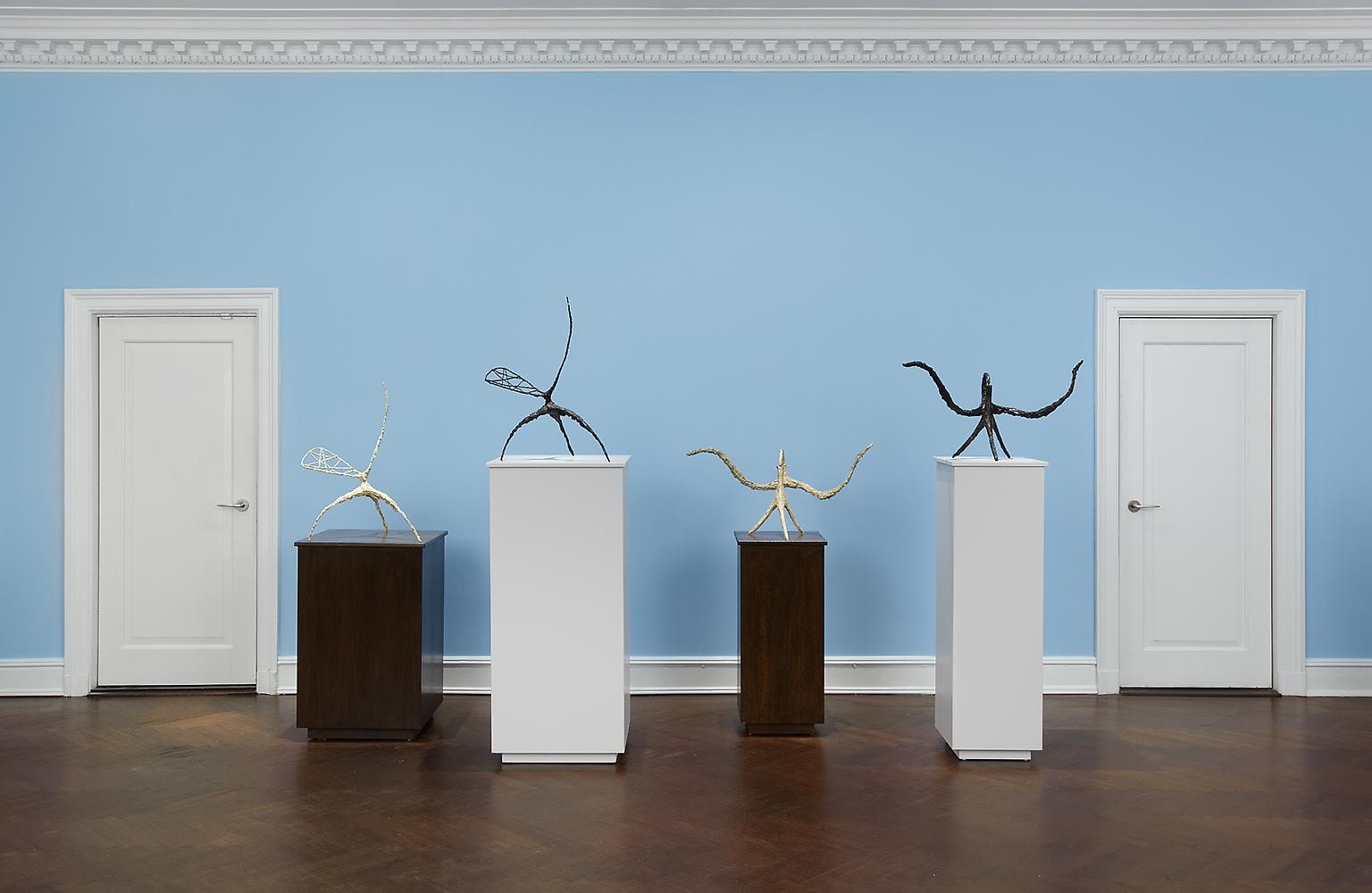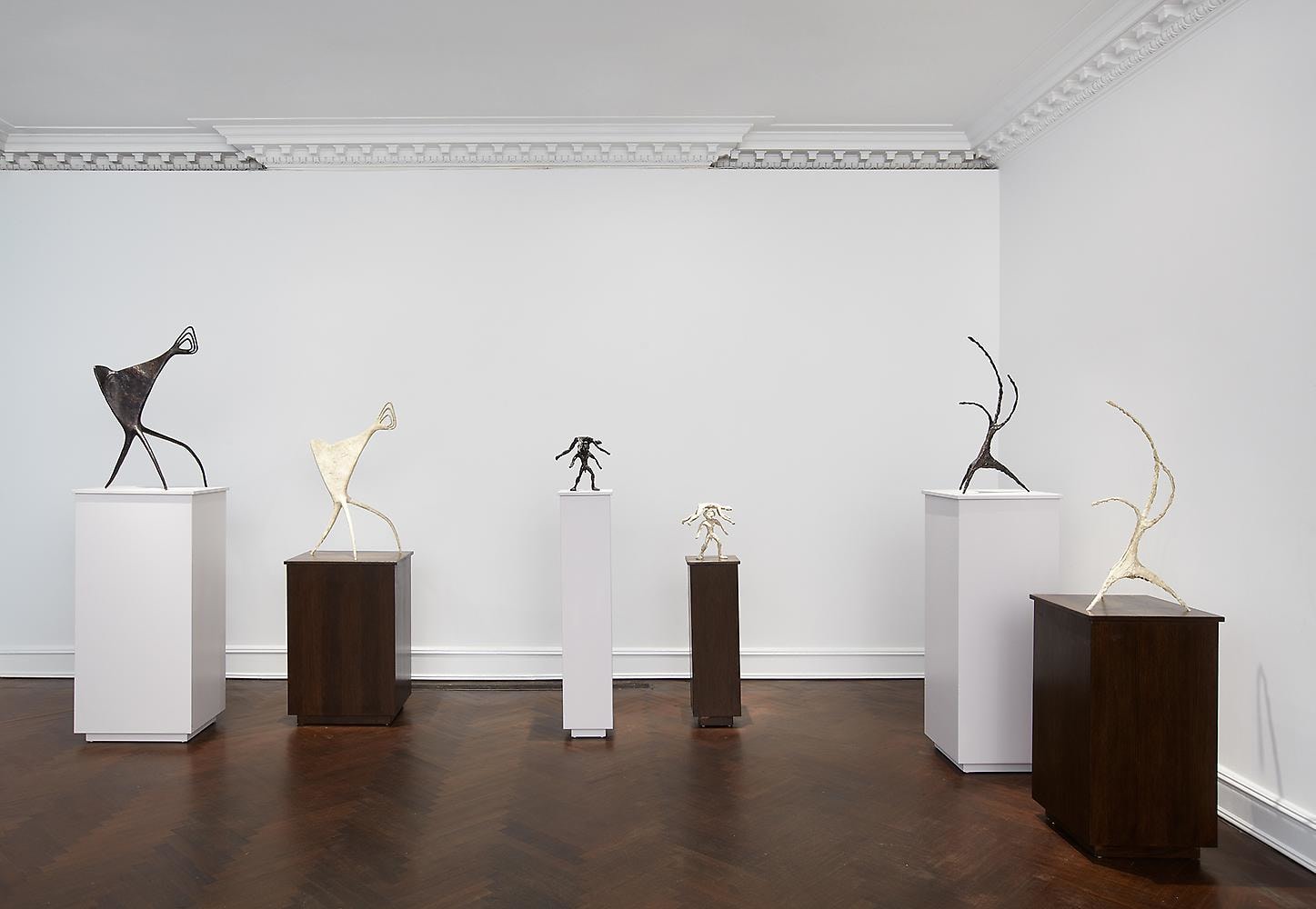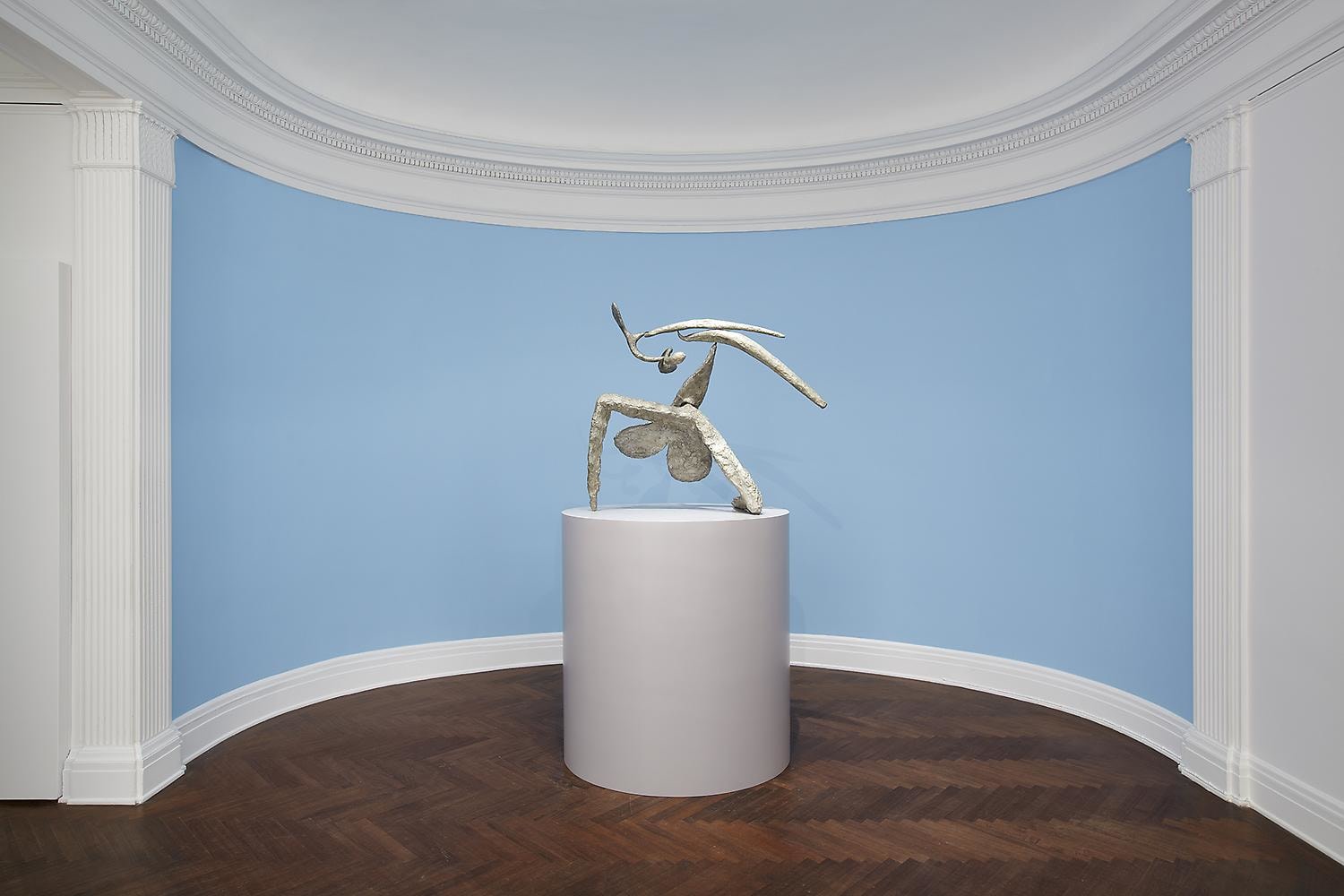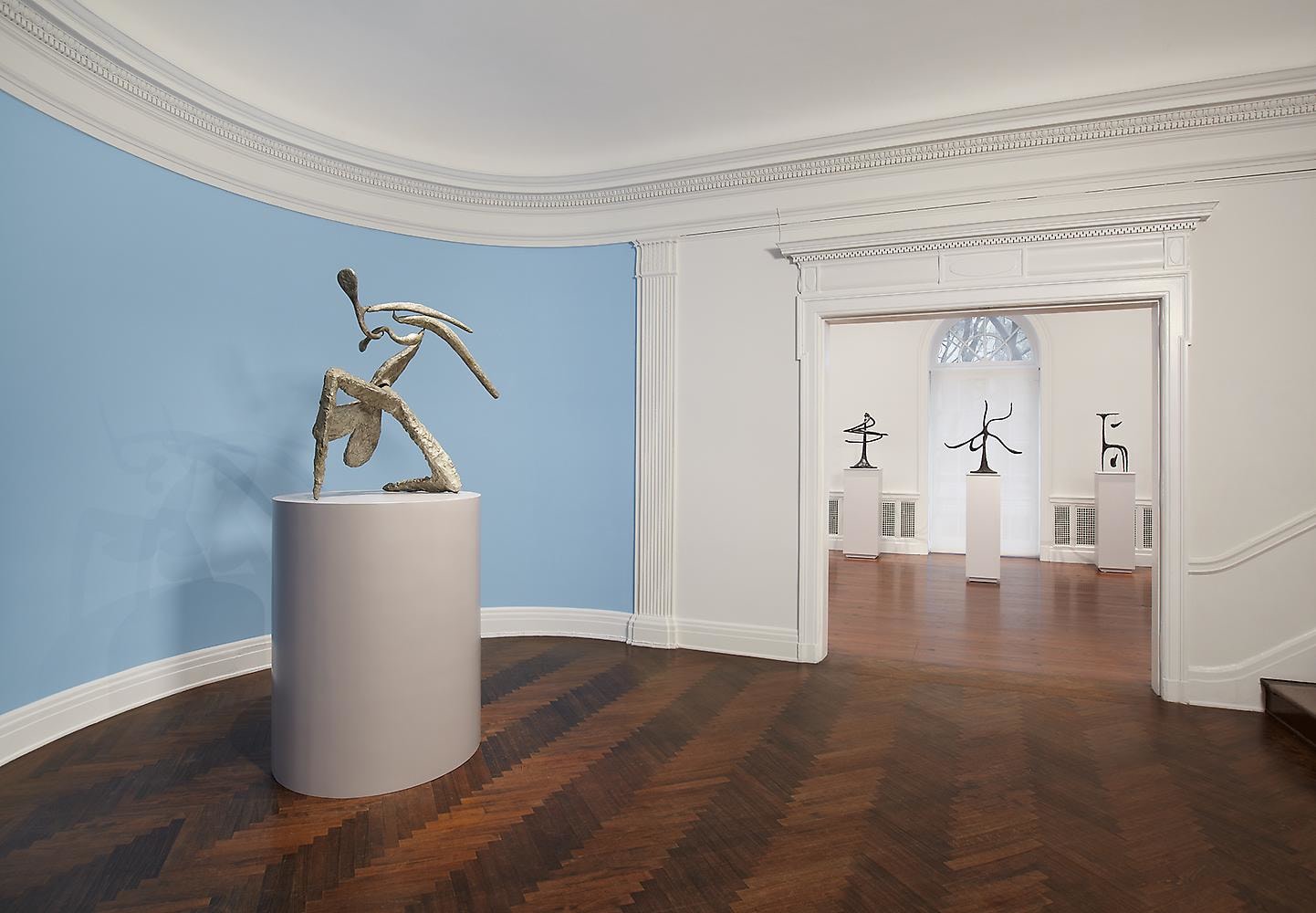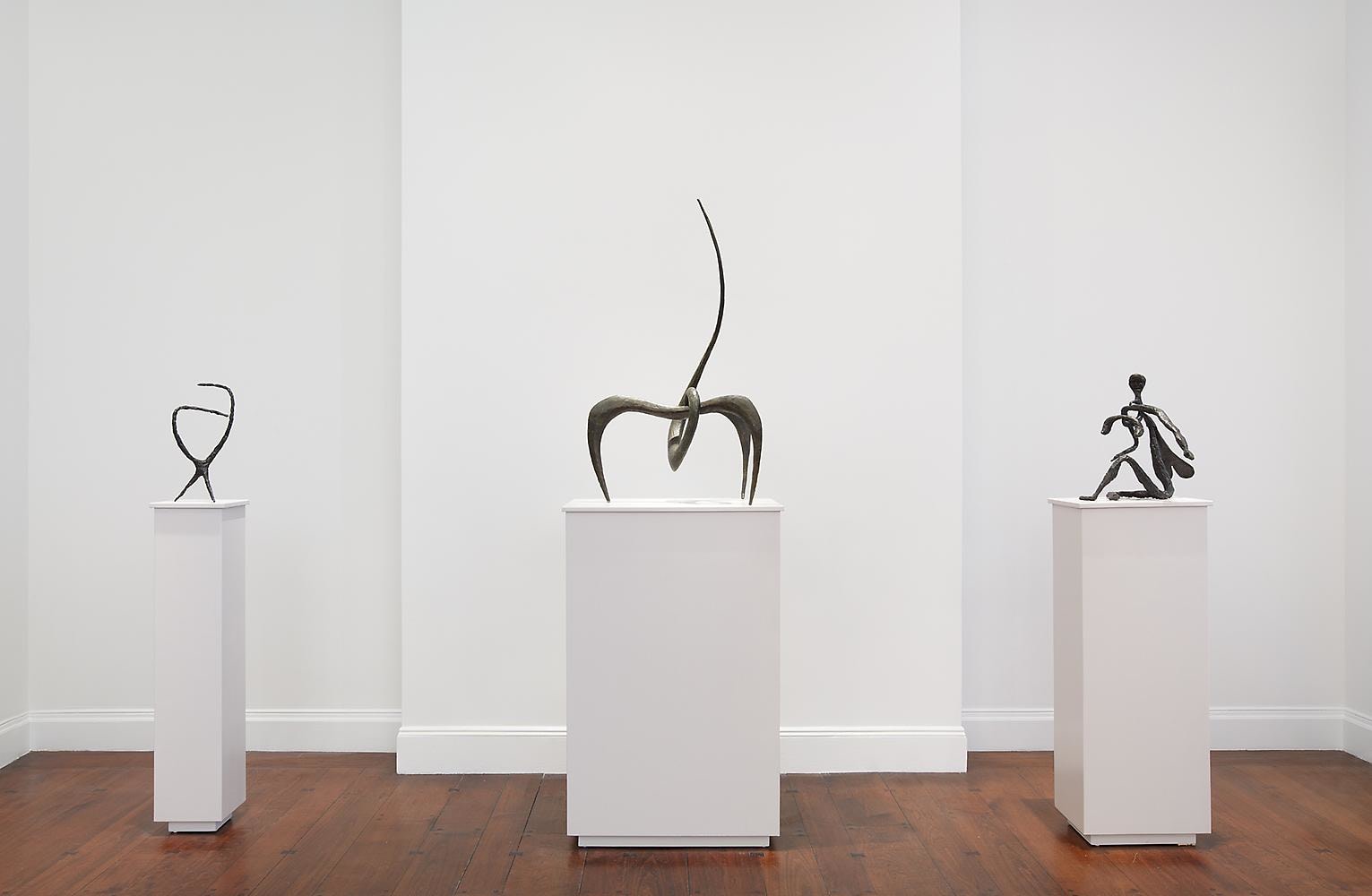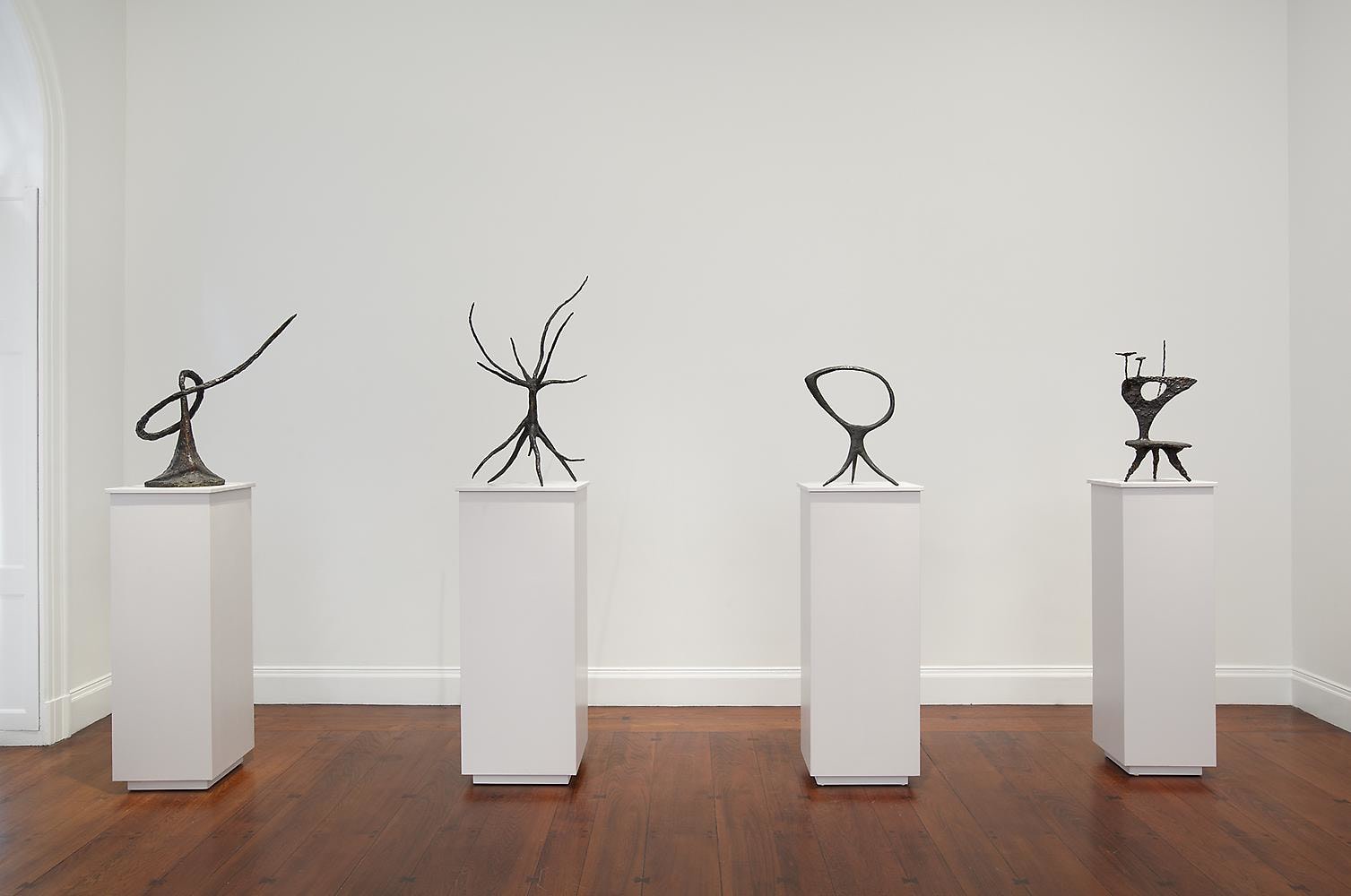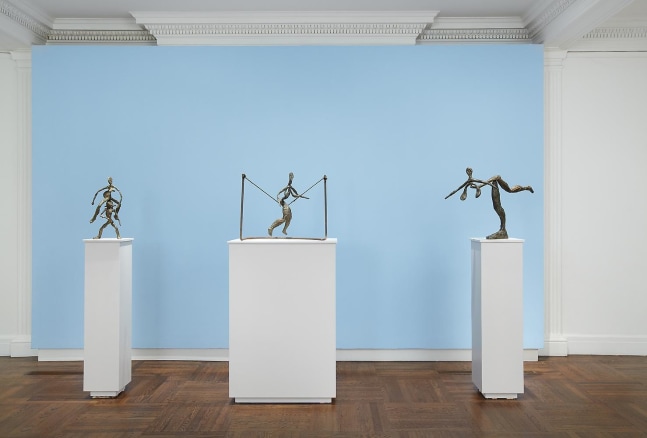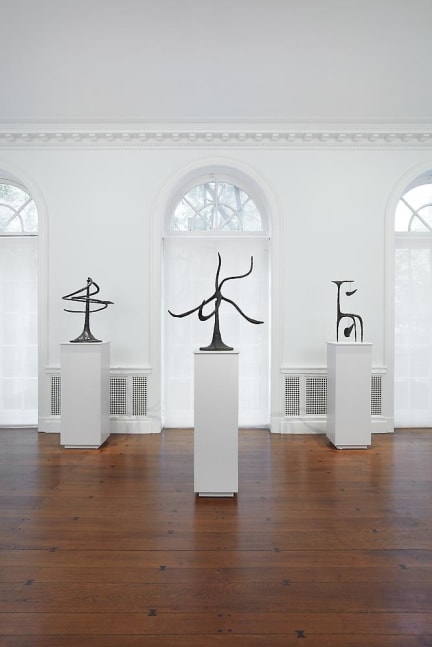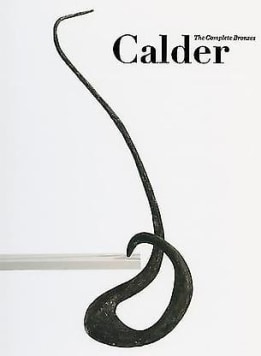"I feel the artist should go about his work simply, with great respect for his materials....Simplicity of equipment and an adventurous spirit of attacking the unfamiliar or unknown are more apt to result in a primitive, rather than decadent, art." - Alexander Calder
L&M Arts in collaboration with the Calder Foundation is proud to announce Calder: The Complete Bronzes. This exhibition will present a body of work important to understanding the artist's sculptural practice, yet unfamiliar to the public at large. Notably, every known bronze object and original plaster will be on view or documented in a singular monograph published to accompany the show.
Calder turned to bronze casting twice in his life, creating two distinct groups of sculptures. In 1930, after unveiling his Cirque Calder, the artist modeled acrobats, a weightlifter, and other assorted creatures. Returning to the medium in 1944, the artist conceived of a series of abstract, often described as surreal, sculptures. During the years separating these two bodies of work, Calder invented his iconic mobiles, kinetic works described by Jean-Paul Sartre as “strange creatures… something midway between matter and life.” Sartre’s account is surprisingly relevant to Calder’s work in bronze.
In the early sculptures, the artist captured his subjects performing phenomenal acts of balance, as in Deux acrobates (1930), or experiencing moments of human fatigue, as in his poignant portrait of a woman resting, titled Femme couchée (1930). While allusions to motion continued in Calder’s 1944 work, some of these later objects quite literally dance. The Helices (Double Helix) (1944) is skillfully engineered, assembled from three individually modeled and cast parts, to manifest an undulating, spin-like movement. However, in contrast to the mobile, Calder’s use of bronze generated dynamism of another kind. As one critic astutely observed of this work, “being considerably heavier… their motion becomes more purposeful, has even a deadly snake-like feeling of power.”
Forty-nine sculptures will be on view on loan from: Calder Foundation; Hirshhorn Museum and Sculpture Garden; Sheldon Museum of Art, University of Nebraska-Lincoln; and Whitney Museum of American Art. The Smithsonian American Art Museum has generously lent seven original plasters donated by the artist in 1971.
The accompanying catalogue features an essay by Joachim Pissarro and Mara Hoberman and comprehensive documentation of the complete bronzes edited by Alexander S. C. Rower.

